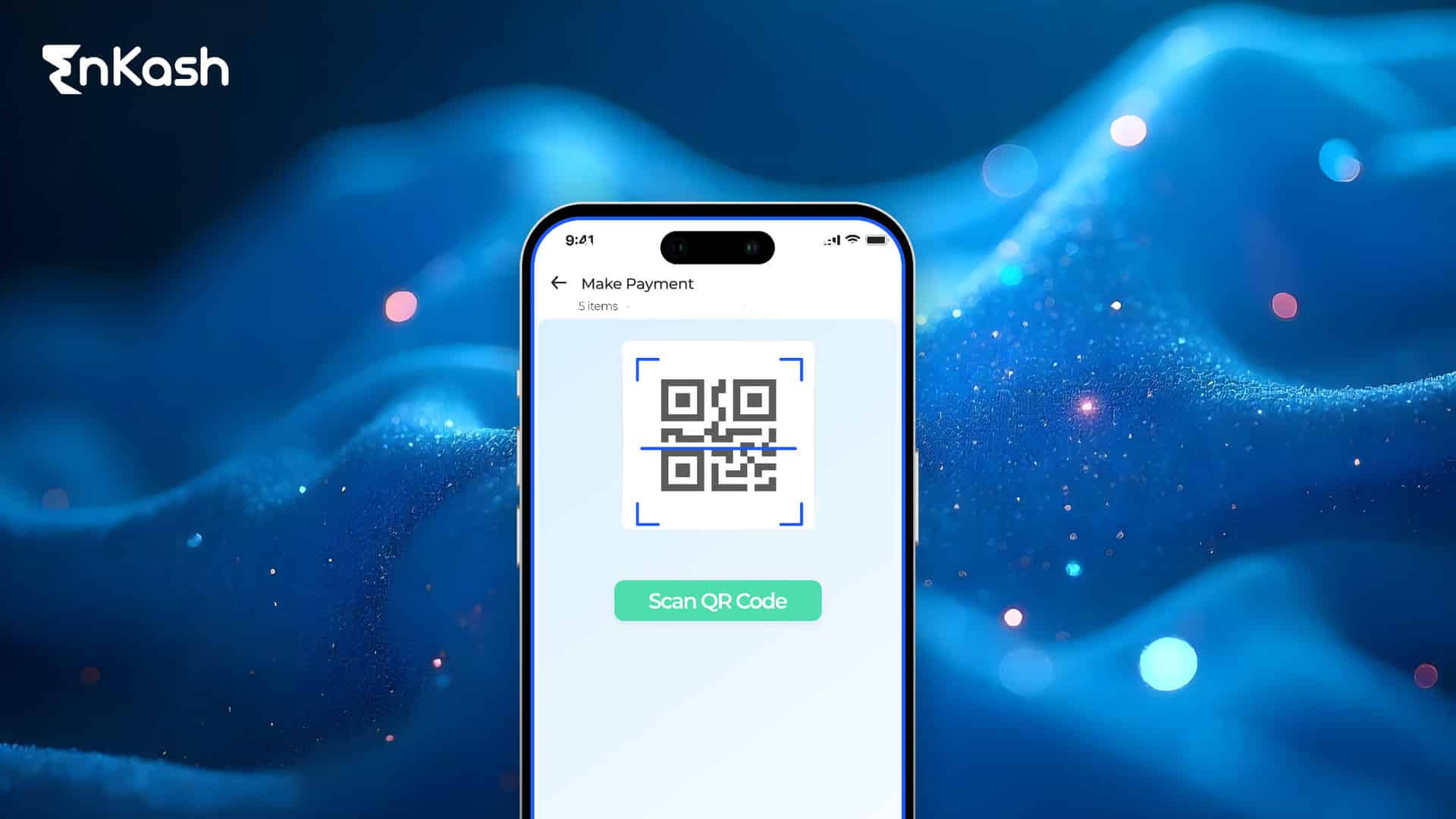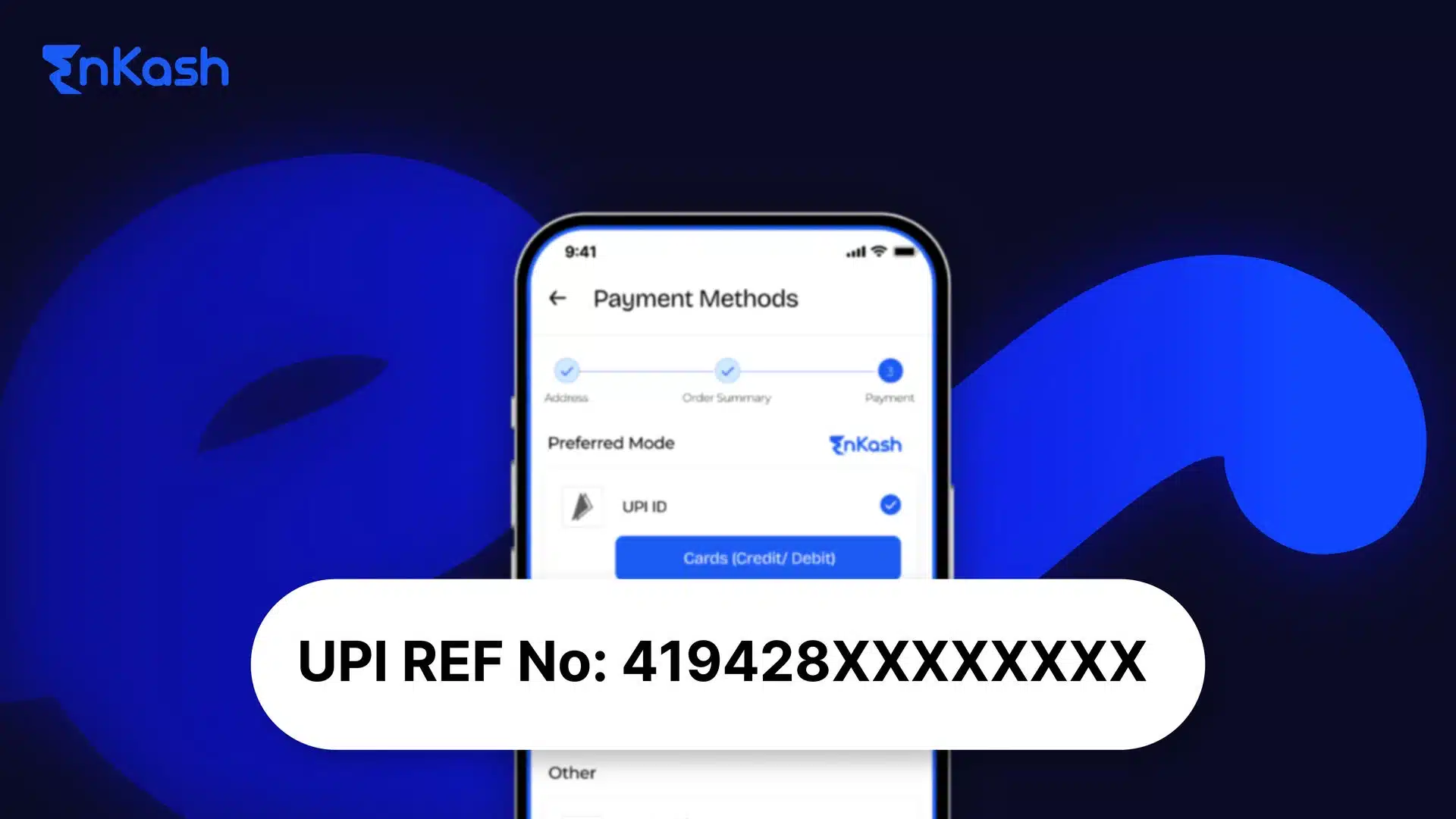Unified Payment Interface or UPI has become an inevitable part of daily transactions. Since UPI’s inception in 2016 by the National Payments Corporation of India (NPCI), the payment structure has undergone a drastic transformation, making it a preferred mode of payment.
Accessible via any smartphone, UPI facilitates instant payments, making it easy for the user to transact anytime, anywhere. However, UPI transactions done on a smartphone are prone to typo errors, wrong entry of UPI ID, and other transactional errors. If anything of that sort happens, a wrong UPI transaction complaint must be initiated by the sender through their bank’s mobile app or UPI app (like BHIM, PhonePe, or Google Pay). If unresolved, it can be escalated to NPCI.
What is a wrong UPI transaction?
A wrong UPI transaction occurs whenever a sender enters incorrect details while undertaking a transaction via UPI. The sender must check and verify details like the Virtual Payment Address (VPA), mobile number, and QR code of the recipient before making any UPI transaction.
Since entering these details is a manual process, it is prone to human error.
Anyone can enter wrong details while transacting, but the good news is that a wrong UPI transaction can be reversed. This can be done by complaining about a wrong UPI transaction.
How to file a wrong UPI payment Complaint?
If you face issues like wrong UPI transactions, failed payments, or fraud, you can file a complaint through multiple official channels. Follow these steps to ensure a smooth resolution:
1. File Through Your Bank App
Most banks, including SBI, HDFC, ICICI, Axis, and PNB, provide an option to lodge UPI complaints directly within their mobile banking apps.
- Navigate to the “Support” or “Grievance” section.
- Select “UPI Complaint” and fill in the transaction details.
- Provide the Transaction ID (UTR), date, and amount for faster processing.
2. File Through NPCI Portal
The National Payments Corporation of India (NPCI) manages UPI dispute redressal at the national level.
- Visit the official portal: https://www.npci.org.in/
- Go to “Complaints / Grievances” and submit the issue.
- Include all relevant transaction details like UTR, sender/receiver info, and date.
3. File Through BHIM, Paytm, or Google Pay Support
UPI app providers allow users to directly report failed or wrong transactions:
- Open your UPI app (BHIM, PhonePe, Google Pay, or Paytm).
- Navigate to Help / Support / Raise a Complaint.
- Enter the transaction ID, amount, and details of the issue.
- Submit the complaint and note down the reference number for tracking.
Documents Required to File a UPI Complaint
1. Transaction ID (UTR / Reference Number)
Every UPI transaction has a unique Transaction ID (UTR).
This ID is mandatory for tracking the complaint and for bank or NPCI verification.
2. Date and Time of Transaction
Mention the exact date and time when the transaction occurred.
Accurate timestamps help in quick reconciliation with the bank or NPCI records.
3. Amount of Transaction
- Include the exact transaction amount.
- Avoid rounding off, as discrepancies may delay resolution.
4. Sender and Receiver UPI ID / Bank Account Details
- Provide the UPI ID or bank account number of both sender and receiver.
- Helps in identifying the parties involved and verifying the transaction.
5. Bank and App Details
- Mention the bank name (e.g., SBI, HDFC, ICICI) and UPI app used (BHIM, PhonePe, Google Pay, Paytm).
- Some apps require a screenshot of the failed or wrong transaction.
6. Type of Complaint
Specify the nature of the issue, such as:
- Wrong UPI ID or account
- Transaction failed but money debited
- Duplicate payment
- Fraudulent or unauthorized transaction
7. Supporting Evidence (Optional but Recommended)
- Screenshots of transaction status, error messages, or app notifications.
- Helps banks or NPCI validate your complaint faster.
How to check NPCI UPI Complaint Status
Tracking the status of your UPI complaint ensures you stay updated on its progress and take further action if needed. NPCI provides an easy way to check your complaint status online.
Step-by-Step Guide to Check NPCI UPI Complaint Status
Visit the NPCI Official Website
- Go to www.npci.org.in
- Navigate to the “Dispute Redressal / Complaint Status” section.
Enter Complaint Reference Number
- Use the complaint/ticket ID you received after registering your complaint.
- This is usually sent via SMS or email from your bank or UPI app.
Provide Transaction Details
- Enter the Transaction ID (UTR), date, and amount for verification.
- This helps NPCI locate your transaction in their system.
Submit & View Status
- Click on Submit / Check Status.
- The portal will display the current status – Pending, Resolved, or Rejected.
Follow Up If Needed
If the issue is not resolved within T+5 working days (after complaint registration), escalate it to your bank’s Grievance Redressal Officer or to NPCI’s next level.
What are the reasons behind wrong UPI transactions?
These are the possible reasons behind wrong UPI transactions
Wrong Details
The most common reason behind wrong UPI transactions is the incorrect entry of the receiver’s details. The transaction is bound to go wrong or fail if there is a typing error or the intended recipient’s details are entered incorrectly.
Wrong PIN
Another classic reason behind UPI transaction failure is incorrect PIN. It is necessary to enter the correct UPI PIN for a successful transaction. Multiple entries of the wrong UPI PIN can also lead to transaction failure.
Technical Issues
UPI is an online payment mode, and technical mishaps are reason enough to fail any UPI transaction. Technical issues could be anything from network connectivity to failure of the respective UPI platform in use, user’s device issue, or the malfunctioning of the bank’s server.
Transaction Time Limitation
There is a time restriction for certain UPI transactions. If the user exceeds the specified time limit, the transaction is bound to fail.
Bank Balance
The user must maintain a sufficient bank balance before undertaking any UPI transaction. If there’s not enough money in the bank account required for the transaction, it will fail.
Daily UPI Limit
UPI transactions have a daily limit. If in case, it is exceeded, the transaction will fail.
Also Read: UPI Transaction Limit Per Day
How to reverse a wrong UPI transaction?
There are multiple reasons behind a UPI transaction gone wrong. But the fact that you can reverse a wrong UPI transaction by taking the following measures makes it the best payment mode.
- You can reach out to your Payment Service Provider (PSP) or Third
- Party Application Provider (TPAP) to inform them about the wrong transaction.
- You can contact your bank and share all the necessary transaction details like Unique Transaction Reference (UTR), the amount involved in the transaction, and the recipient’s details, etc.
- You can also try and contact the recipient who has received the money incorrectly and convince them to return the amount to you.
- In case the recipient denies it, you can raise a wrong UPI transaction complaint with NPCI.
- If you have raised a UPI payment complaint with NPCI and there’s no outcome after 30 days, you can escalate the complaint to the
- Banking Ombudsman, an authority that handles complaints from customers of banks.
- It is important to note that a wrong UPI transaction may be eligible for a refund, subject to the bank’s investigation and NPCI’s dispute resolution process.
Conditions under which a UPI transaction can be reversed
A wrong UPI transaction can be reversed under the following circumstances:
- If the transaction is duplicated
In case the sender has made the same payment twice, the recipient can reverse one of the transactions. This can be done automatically if the UPI system detects duplication. - If the transaction is wrong or fraudulent
If the transaction done via UPI is fraud or made to the incorrect recipient, in that case, the recipient can return the amount and reverse the transaction. - If there’s a technical failure
In case the transaction fails and the amount is debited from the sender’s account, it is reversed automatically within a few hours. In case it doesn’t, the sender can raise a UPI payment complaint with the bank. - If the authorization is due
In case a transaction is under process for a long period due to technical glitches, it may get reversed automatically if not completed. - If the bank intervenes
If a bank detects a fraudulent transaction, it can intervene to reverse the UPI transaction.
Step-by-step guide on reversing a transaction using different UPI apps
Here’s a step-by-step guide on how to reverse a transaction using popular UPI apps
Guide on reversing a transaction using Google Pay UPI
- Open the Google Pay on your phone
- Visit the transaction history page
- Locate the transaction you want to reverse
- Report the issue with that particular transaction
- Select the issue related to that transaction
- Submit the request
- Google Pay will update you about the request raised via the app or email
Also Read: Google Pay Transaction Limit
Guide on reversing a transaction using PhonePe UPI
- Open the PhonePe app on your device
- Go to the Transactions option
- View all the details of the transactions
- Report the issue for the respective transaction
- Enter details if required and raise the request
- You will be able to track the request raised through the app or email
Guide on reversing a transaction using Paytm UPI
- Go to the Paytm app on your phone
- Open the Balance & History tab
- Navigate to the particular UPI transaction that needs to be reversed
- Click on ‘Help’ as visible
- Raise your issue after providing the necessary information
- Paytm will process your request and provide updates via app or email.
How to complain about your bank’s customer service?
Here’s how you can complain to your bank for a wrong UPI transaction:
- Keep your UPI transaction details handy, like the date and time of the transaction, the amount involved, transaction ID, recipient’s UPI ID, your bank account details, and registered contact number.
- Reach out to the customer service of the bank and inform them of the issue in detail. Follow their instructions.
- Send an email to the bank’s email address explaining the issue and mentioning all the details of the transaction. Attach your updated bank account statement as well.
- You can visit the bank’s nearest branch to resolve the issue in person by speaking to the manager. Carry all the necessary documents along with you.
- Track the UPI payment complaint using the bank’s app, customer service, or website.
- If the issue remains unresolved, raise it further to NPCI or the Banking Ombudsman.
Other Common issues faced by UPI users
The most common issues faced by a UPI user are:
- Scams & Frauds
People with wrong intentions can share fake UPI payment requests, QR codes, and links to transfer money to their accounts. - Technical Issues
UPI transactions may fail due to technical glitches. There are times when transactions take more than usual to process and show a status of “Pending” due to a technical failure. - Account Linking
Sometimes the user’s bank account is not linked to the UPI ID, which hinders transactions. If a user has more than one UPI ID, it can also lead to confusion, leading to wrong transactions. - Data Security
If the UPI app in use doesn’t have adequate security features like two-factor authentication, the account can easily be hacked, breaching data security and privacy.
Reversing UPI transactions challenges
Here are some common challenges faced during the reversal process:
- Delayed Action
You need to report the wrong UPI transaction immediately. Any delay in this process lowers your chances of reversing the transaction. UPI transactions are instant, and if an action is not taken immediately, the wrong recipient can withdraw the amount and use it. - Slow or Inefficient Customer Service
It is important to have reliable customer service on the UPI app you are using. The service should be quick to help you resolve the issue at the earliest. - Recipient’s Agreement
If the wrong recipient agrees to reverse the UPI transaction, there is nothing like that. However, if the recipient does not intend to return the amount sent to his bank account mistakenly, then there’s an issue, as reverse UPI transactions need the recipient’s consent for reversal. - Multiple Parties Involved
UPI reverse transaction involves multiple stakeholders, including the sender’s bank, the receiver’s bank, the UPI server provider, and, of course, NPCI. To get a UPI transaction reversed, all these parties must be contacted, which can be time-consuming. - Lack of Awareness
Users may be unaware of how to report a wrong UPI transaction. This causes a delay in the reversal process. Some of the users may not fully understand the reversal process, leading to more complications. - Legal Complications
If the recipient is a fraud or a scammer, legal actions become necessary, which are a challenge as they are complex, costly, and time-consuming. - Limited Regulatory Support
There is limited regulatory support to enforce reversals. Banks may take their time to comply with regulatory guidelines to handle disputed transactions, causing more delay. - Refund Timeline
When a reversal is successful, the refund or reversal may take time, considering the involvement of multiple stakeholders in the process.
Conclusion
UPI is the most convenient way to transfer funds on the go; however, staying vigilant against potential scams and fraud is the ideal solution. UPI transaction scams, like tricking users into sharing OTP, UPI PINs, and other sensitive information, have become prevalent. There are multiple ways to scam an individual using wrong links, SMS, fake calls, and QR codes. It becomes important for a UPI user to be digitally advanced and aware of possible scams.
Frequently Asked Questions
1. What is a wrong UPI transaction?
Whenever a sender transfers funds to the wrong recipient, that’s when a wrong UPI transaction occurs. This could be because of incorrect UPI details, the wrong amount entered, or duplicate payments.
2. What to do if a UPI transaction goes wrong?
- Try and reach out to the recipient
- Report it immediately on the UPI app in use
- Identify the reason behind the wrong transaction
- Escalate the issue to your respective bank
- If not resolved, escalate it to NPCI and further to the Banking Ombudsman
3. What is the Banking Ombudsman?
The Banking Ombudsman is an authority appointed by the Reserve Bank of India (RBI) to resolve customer issues raised against banks and financial institutions.
4. What are the preventive measures for UPI users?
- Cross-check the recipient’s details
- Do not share UPI PIN
- Use verified apps with multiple-factor authentication
- Lock your app
- Stay updated about the UPI scams
4. Can a UPI transaction be reversed?
Yes, a UPI transaction can be reversed if it occurs due to any technical issues or fraudulent activity. In this situation, the sender must immediately raise the concern to the UPI app in use or the respective bank to return the amount debited from their account.
5. Is it possible to get money back after a wrong UPI transaction?
Yes, it is possible to get a refund for a wrong UPI transaction. This can be done by filing a complaint via a Payment Service Provider (PSP) or Third Party Application Provider (TPAP). The sender can also reach out to their respective bank to get their money back.
6. Can a wrong UPI Gpay transaction be reversed?
A successful UPI transaction via Gpay can be reversed if the amount is sent to the wrong recipient. The sender can immediately raise the issue on the Gpay application and inform their support to help them resolve the issue.
7. Where to file a wrong UPI transaction complaint?
A wrong UPI transaction complaint can be raised on the UPI app in use on which the transaction is done. The same complaint can be raised with the concerned bank. And, the sender can also raise the issue with NPCI by visiting their official website.
8. Are there any UPI reversal charges?
UPI reversal charges mean that when a transaction is reversed and the amount is deducted from the sender’s account is refunded to them.
9. How much time does it take to get a refund for a wrong UPI transaction?
Banks generally process refunds within 3–5 working days (T+5). However, in some cases, it may take longer depending on verification and dispute resolution.
10. How do I register a complaint for a UPI transaction?
You can register a complaint for a UPI transaction through the NPCI website or by calling the UPI complaint number at 1800-120-1740.








